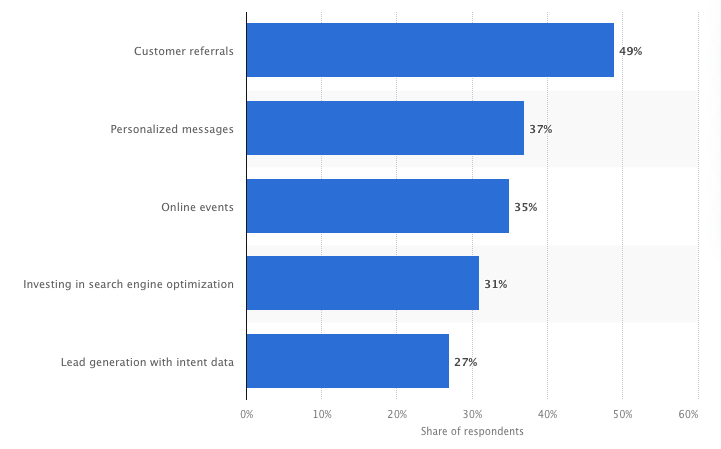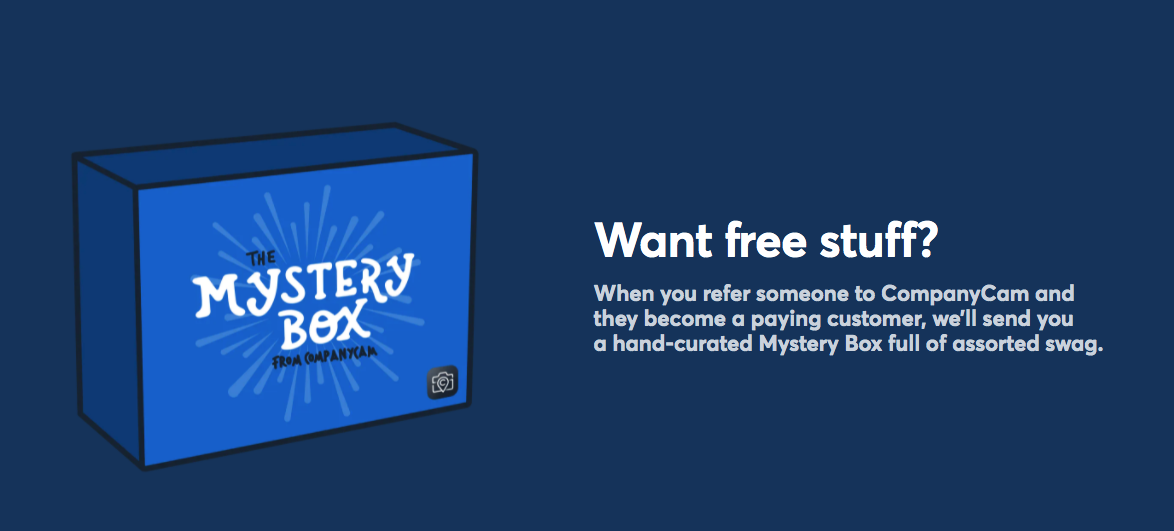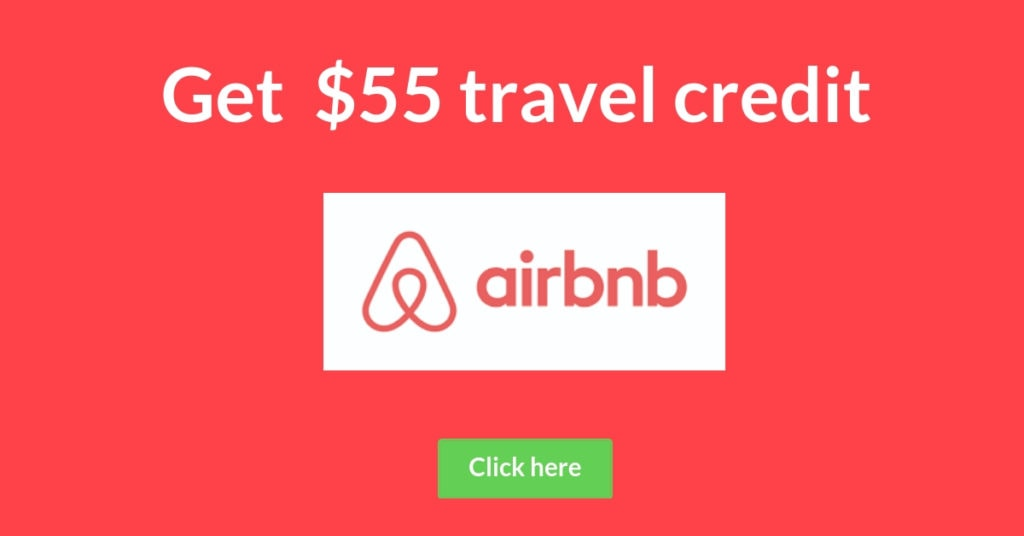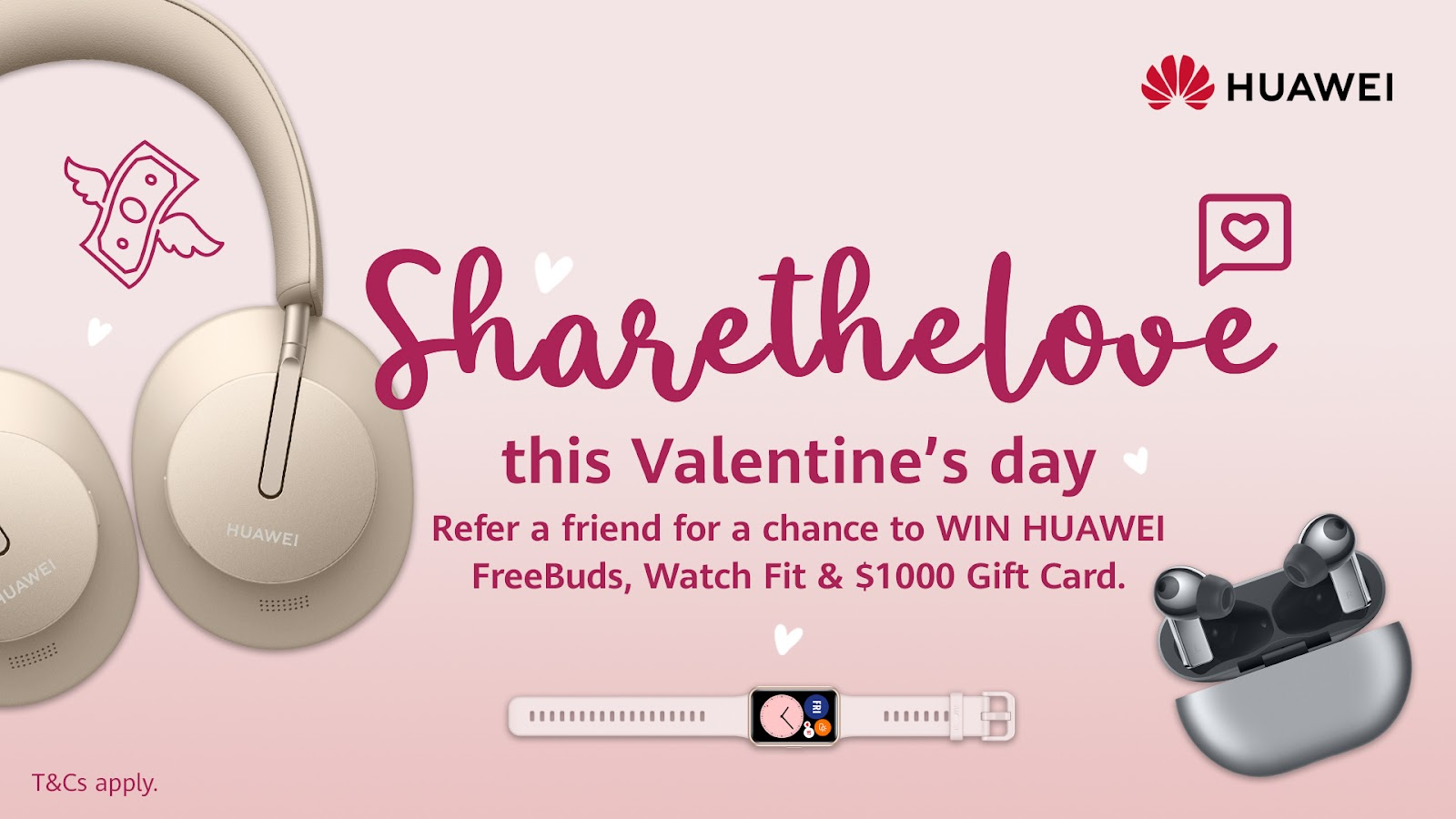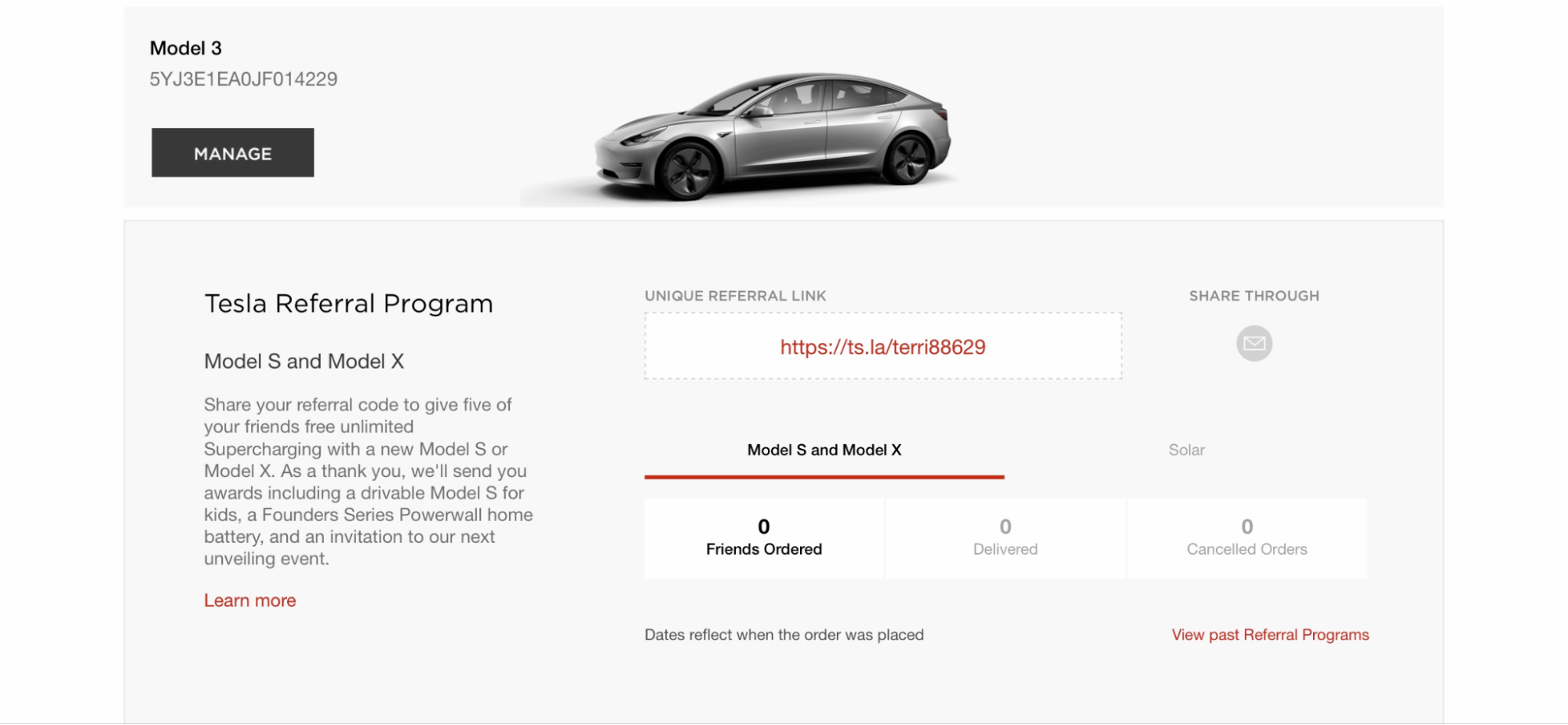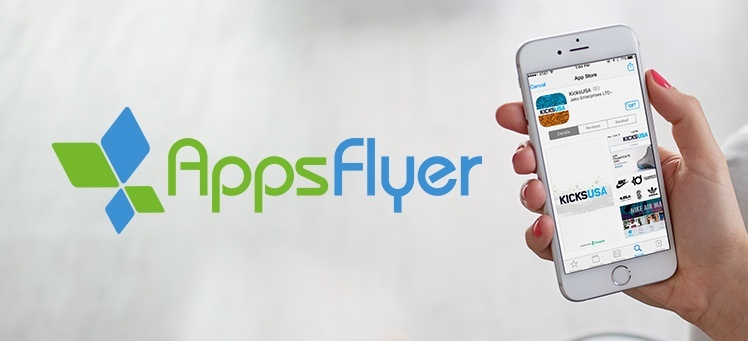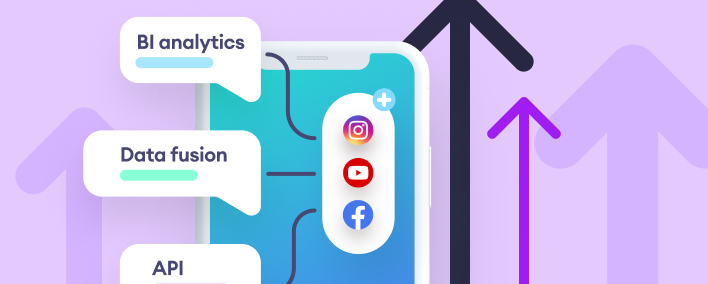Take inspiration from the likes of the former Tesla referral program, which offered a plethora of award levels. But near the top, exclusive perks like prototype features (sunroof) and VIP invites to company unveilings and more. For example, if you offer a SaaS platform for ecommerce you could offer an invite to an exclusive seminar on “What is Retail Merchandising?”
10. Upgraded Services
For most types of online services and apps, there is usually a free product or basic version available. These lower commitments convert at higher rates. However, for most business models like SaaS platforms, the main goal is to get users onto higher-paying subscriptions.
Many users will opt for a freemium version of the service simply because they don’t want to spend money and figure what they have is good enough. But you can give them a taste of what they’re missing out on by offering free upgrades in exchange for referrals.
One of the most famous examples of this was the Dropbox referral program. For each successful referral, users were able to upgrade their storage space on the service.
Users will bring in quality leads and also get to try out your more premium packages. When the upgrade duration runs its course, many of them may find it hard to go back to the “basic” service level. So with upgrade incentives, you can expect more leads and greater customer lifetime value (CLV).
11. Multi-level rewards
With multi-level rewards, you can appeal to those advocates who are willing to put in more work if the price is right. Set milestones that make sense for your buying cycle. If you are selling access to an online platform maybe start with one, and then five, 10, 20 referrals, and so on.
The reward levels work because customers are essentially in competition with themselves to reach a certain tier. Multi-level rewards can motivate your determined advocates to hit big referral numbers. It can also be a good way to change up and refresh your existing referral programs.
Best practices
Customer referral incentives can increase the number and quality of your lead generation. Getting good results from your referral marketing program requires an understanding of these best practices.
Make use of referral submission forms on your website
Simple forms reduce friction for customers to make referrals and help them get rewarded. Use referral submission forms that let customers easily fill out the necessary information. This includes contact information for the lead and the customer.
Make it easy for your customers to find the submission form by having it accessible at the top of your website as well as form access at any time from a sidebar. Keep the referral submission process painless.
Hand out referral cards
Referral cards are like fill-in-the-blank cards. They have all the information needed on them other than that of the advocating customer. The offer is clearly stated on the card. All they need to do is list their contact information and all due credit will be given in time.
These cards are a great way to help your customers keep their brand in mind via a physical reminder. These are also a good option because they can give them out in any situation. Referral cards can be packed into any shipment or handed out at in-person services like hair salons and chiropractors.
Try using referral apps
If you want to connect with and empower your brand advocates seamlessly, then you should get on board with a referral marketing app. With the Affise platform, you get full click and impression tracking of your referral-generated traffic. Our multi-channel analytics suite gives you a plethora of reporting options including over 50+ data breakdowns.
API integrations with CRMs, and connections to other platforms make using Affise a breeze. This includes our integration with AppsFlyer for better analysis of your mobile engagement. Together, these tools give you valuable insights for better decision making that sharpens your referral campaigns.












